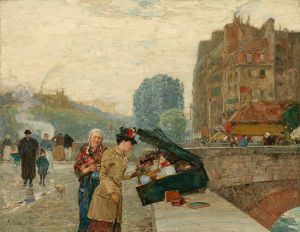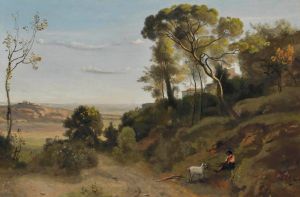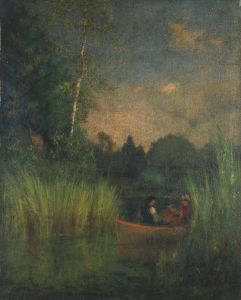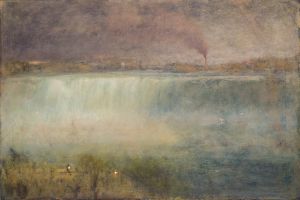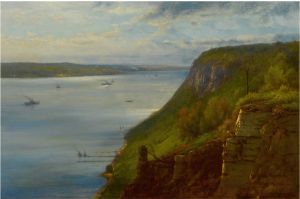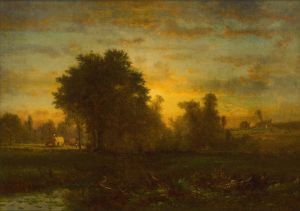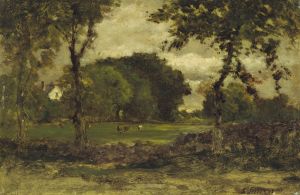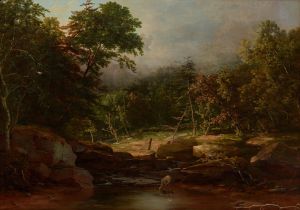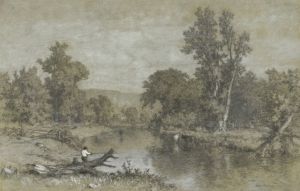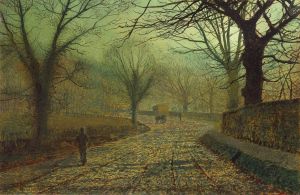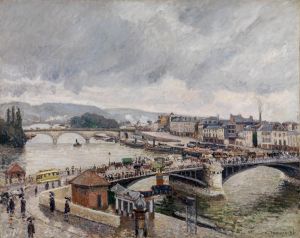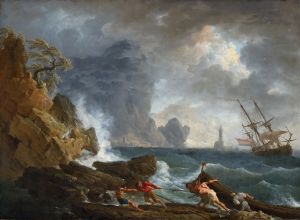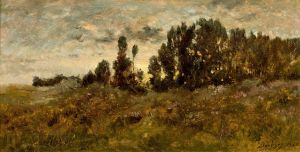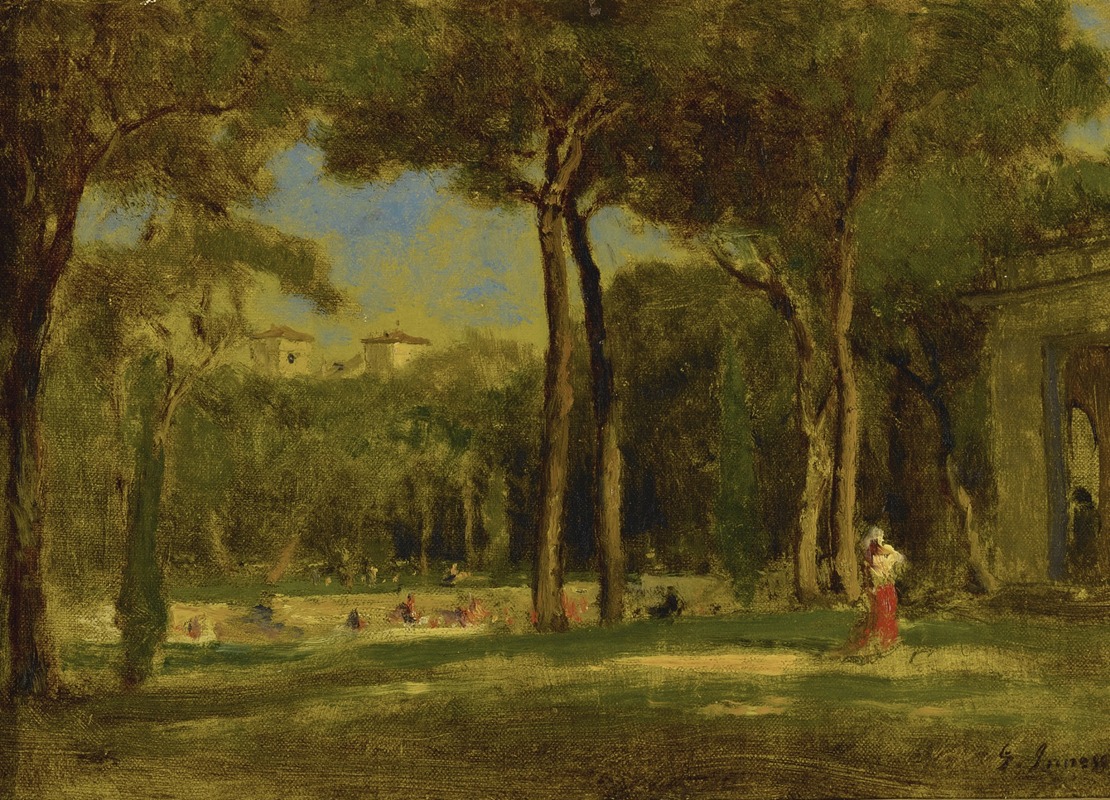
Barberini Villa
A hand-painted replica of George Inness’s masterpiece Barberini Villa, meticulously crafted by professional artists to capture the true essence of the original. Each piece is created with museum-quality canvas and rare mineral pigments, carefully painted by experienced artists with delicate brushstrokes and rich, layered colors to perfectly recreate the texture of the original artwork. Unlike machine-printed reproductions, this hand-painted version brings the painting to life, infused with the artist’s emotions and skill in every stroke. Whether for personal collection or home decoration, it instantly elevates the artistic atmosphere of any space.
"Barberini Villa" is a painting by the American landscape artist George Inness, created in 1852. Inness is considered one of the most influential American artists of the 19th century, known for his contributions to the Hudson River School and later for his involvement in the Tonalist movement. His works are celebrated for their atmospheric qualities and spiritual depth.
The painting "Barberini Villa" depicts the Villa Barberini, a historic estate located in Castel Gandolfo, Italy. The villa is renowned for its beautiful gardens and its association with the Barberini family, an influential noble family in Rome. Castel Gandolfo itself is famous for being the summer residence of the Pope, adding to the cultural and historical significance of the location.
Inness traveled to Italy in the early 1850s, a journey that greatly influenced his artistic development. During his time in Italy, he was exposed to the works of the Old Masters and the picturesque landscapes of the Italian countryside. This period marked a transition in his style, as he began to move away from the detailed, topographical approach of the Hudson River School towards a more expressive and atmospheric style.
"Barberini Villa" exemplifies this shift in Inness's work. The painting captures the serene beauty of the Italian landscape with a focus on light and atmosphere. Inness employs a soft, diffused light that bathes the scene in a warm glow, creating a sense of tranquility and timelessness. The composition is balanced, with the villa and its gardens framed by trees and the distant hills, drawing the viewer's eye into the depth of the scene.
Inness's use of color in "Barberini Villa" is particularly noteworthy. He employs a harmonious palette of greens, browns, and blues, which enhances the natural beauty of the landscape. The brushwork is loose and fluid, contributing to the overall sense of harmony and unity in the painting. This approach reflects Inness's belief in the spiritual dimension of nature, a theme that would become increasingly prominent in his later works.
The painting is also significant for its reflection of Inness's philosophical and artistic influences. During his time in Italy, Inness was deeply influenced by the writings of Emanuel Swedenborg, a Swedish theologian and mystic. Swedenborg's ideas about the spiritual world and the interconnectedness of all things resonated with Inness and informed his artistic vision. "Barberini Villa" can be seen as an expression of these ideas, with its emphasis on the harmonious relationship between man and nature.
Today, "Barberini Villa" is recognized as an important work in Inness's oeuvre, showcasing his evolving style and his ability to capture the essence of a landscape. The painting is held in high regard by art historians and collectors alike, and it continues to be admired for its beauty and its reflection of Inness's unique artistic vision.





![View from under the portico of Temple of Edfou [Idfû], Upper Egypt.](/imgs/217570/s/david-roberts-view-from-under-the-portico-of-temple-of-edfou-idfu-upper-egypt-1802940f.jpg)
